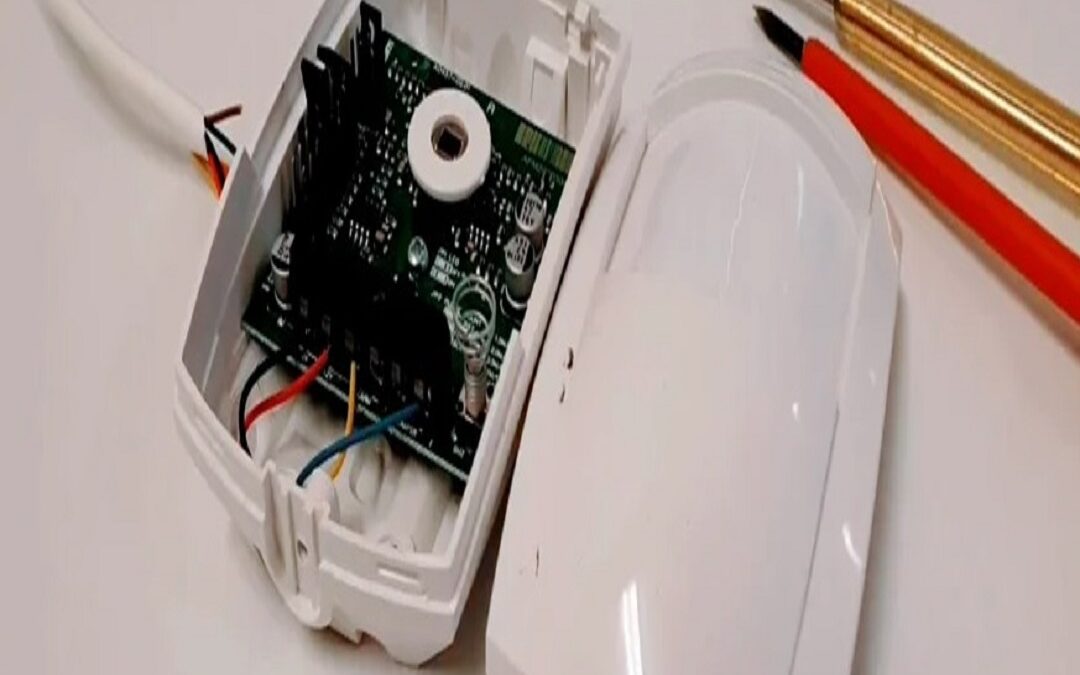Alarm Circuit Wiring
In my experience of lecturing, I have found that many students struggle to understand alarm circuits. I have written this article to explain the basics of intruder alarm circuits.
The most important part of an alarm system is the circuit. Wiring an alarm panel is straightforward, but you have to understand how a circuit works. There are many ways to wire an alarm detector. However, the British standard recommends a certain way of wiring. This depends on many factors such as alarm system grade, signalling grade, manufacturer recommendation etc.
Detector Circuit
There are many types of detector circuits used in the UK. It all depends on the system grade. Grade 1 wiring is seen as a DIY system. You will often find this type of system in many high street electrical wholesalers. A single pole circuit is generally accepted for this type of DIY system.
Open Circuit
What is an open circuit?
In an open circuit, a reed or switch will have its contacts held open. The current will only flow when they are manually or automatically closed. This is an insecure type of circuit. Even though the sensors are monitored, the cables are not.
The diagrams below explain how an open circuit works
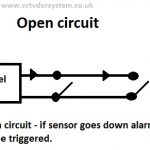
Relay or reed or switch is left open in a normal situation.
In the above diagram, you will see the circuit is tampered. However, signals are not sent back to the panel.
This type of circuit is not used often in alarm system wiring.
Closed circuit
Reed or relay or switch is normally closed. This will allow the current to flow. Therefore, the circuit is monitored. There are two widely used circuits, single pole and double pole.
Single pole close circuit
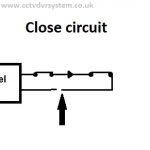
This circuit has some supervision, but it cannot cater for all events. If the circuit is grounded on both sides, it will not detect any tamper. This will allow people to cheat the system by forming a false circuit.
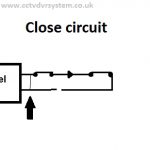
False circuit ca not be eliminated.
Double pole
This type of wiring will have two circuits. One incorporates reed or relay or switch, the other is dedicated for tampering. Normally it will activate the audible alarm within 20 seconds of detecting a tamper. The downside of this type of wiring is that false circuits can be done.
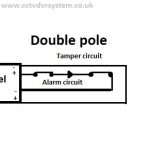
Fully supervised circuit or line monitored circuits
By employing line monitoring devices like diodes, resistors and capacitors, you can monitor the circuit. When the current flows through these devices, it will regulate the current flow. When it is tampered with, the correct current level will not hit the panel. This will allow the panel to identify the alarm and tamper conditions.
Are you interested in learning more about alarm systems? Why not join our hands-on experience intruder alarm installation course? Upon successful completion of this course, you can earn a level 3 qualification which is accredited by NCFE and highly recognised by employers.

